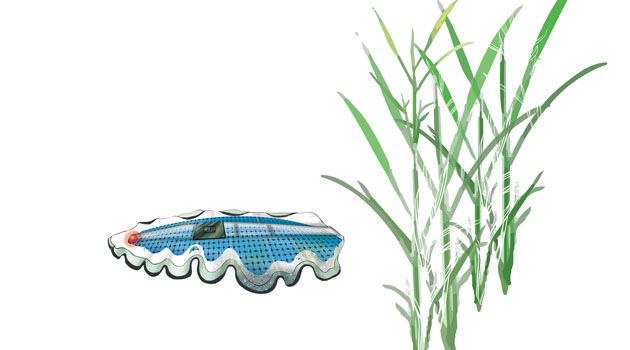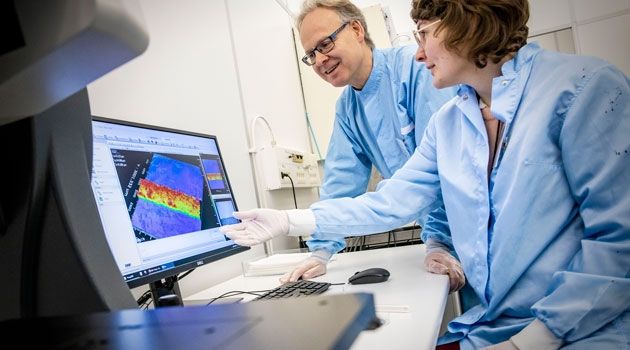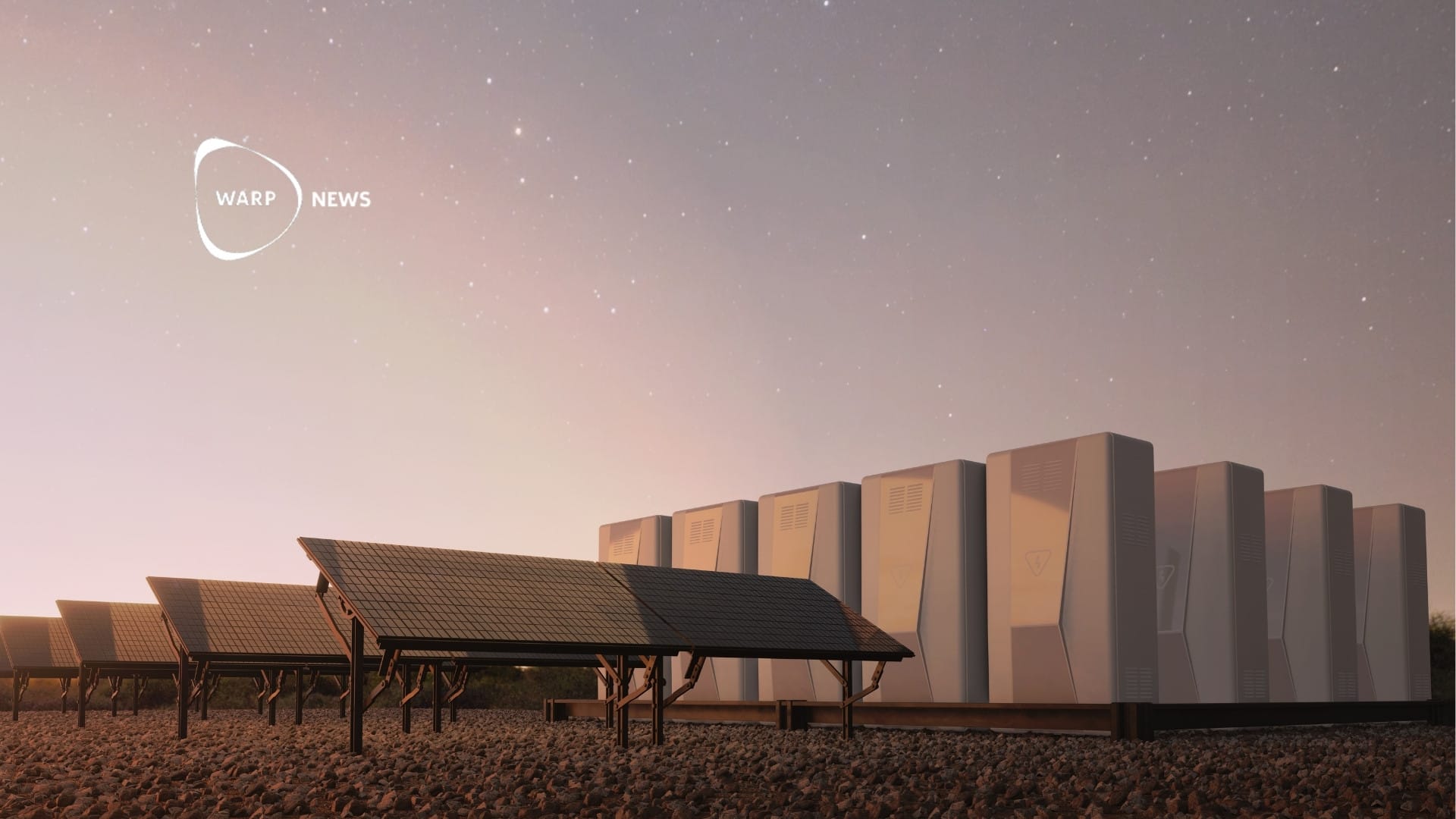
🐍 Mask-like micro-robot will map the environmental impact of agriculture
A prototype should show what is possible to do with a centimeter-sized micro-robot.
Share this story!
An inch-long robot will help farmers and fish farmers to have as environmentally friendly a business as possible. In each case, the technology behind the robot will contribute to new technologies that can be used in other micro-robots in the future.
A research team at Uppsala University is in fact developing a flatworm-like robot to see which technologies can work. The robot is currently available as a prototype. It is then one centimeter long and has a volume of 20 cubic millimeters.
- These small robots will only work with the energy that comes naturally from the environment, in this case sunlight, says Klas Hjort, project coordinator and professor at the department of microsystem technology in a press release.

The idea is that the minimal robot should float around on the water and perform different types of measurements. It should therefore not be used in arable land. Instead, it should float around in, for example, rice and fish farms. Here it can measure carbon footprint, eutrophication and overuse of pesticides and feed.
- With ten micro-robots, we can easily cover a couple of hundred square meters and get a true picture of, for example, how much fertilizer or arsenic is in rice fields. The robot's sensor system means that it can find the places that are most interesting to measure and thus contribute to as good and sustainable agriculture as possible, says Klas Hjort.
The challenge is to build a very small robot that does not cost more than a few hundred kroner, that manages itself in a month and that has room for all the necessary sensors. At 20 cubic millimeters, the researchers will get solar cells, sensors, communication equipment and an engine.
- The total power for this insect-sized structure is 1.5 milliwatts. But of that, only 0.1 milliwatts or 100 microwatts goes to electronic components for communication, intelligence and to chemical sensors. The remaining just over 90 percent of the microrobot's energy goes to motor operation, says Klas Hjort.
The fact that the researchers used the flat mask as a model for the robot is partly due to the fact that that mask is very flat.
- To capture the energy from the sun, the surface of the microrobot needs to be as large as possible. At the same time, it must be soft and flexible because then very little energy is required for it to move. A swimming flatworm is an ideal model as it meets all the requirements, says Klas Hjort.
The robot that the researchers build is, as I said, primarily not intended to result in its own product, but should instead work to find out which techniques are suitable to use to build micro-robots. Which in the long run can lead to them developing a variety of commercial micro-robots.
- If you can create micro-robots, you can change society. But it has not been possible to do it because it consumes too much energy in relation to the size of the robot. If we can show that it is possible, we will enable a completely new chapter in robotics, says Klas Hjort.
The work with the micro-robot is part of the EU's Somiro project, where the goal is to develop technology that will contribute to a reduction in agriculture's environmental impact. You can read more about that project here.
By becoming a premium supporter, you help in the creation and sharing of fact-based optimistic news all over the world.


